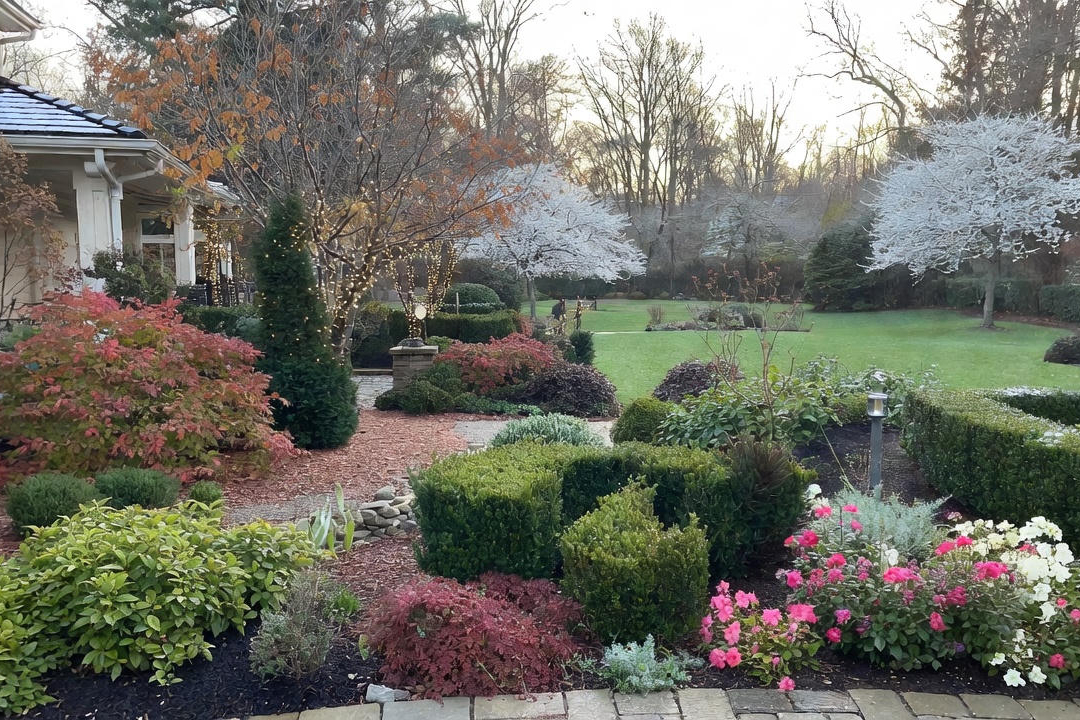
Boston ivy or Parthenocissus tricuspidata is a fast-growing, woody, deciduous vine, not to be confused with English ivy (Hedera helix), and is more closely related to Virginia creeper (Parthenocissus quinquefolia), which are all known to cover entire buildings in their aggressiveness. Because of its weight and large size, Boston ivy is best suited to masonry and brick buildings or walls. Boston ivy is well known as the ivy that grows on the walls at Chicago’s Wrigley Field. It has small green blooms in spring and a lovely fall color that starts as an orange and evolves into a deep red. Boston ivy is exceptionally toxic to cats, dogs, horses, and humans. Therefore, be cautious when planting this ground cover near pets and small children that might ingest it. Boston ivy is well loved mostly because it is drought-tolerant and resistant to deer and rabbit.

When, Where, and How to Plant
Easily grown in average soil in sun conditions that range from full sun all the way to shade, Boston ivy prefers well-drained soil. It is quite adaptable to both dry and damp circumstances, but it does not like boggy conditions. Plant the ivy near incredibly strong supports or walls that are permanent. Dig a hole as deep as the container it has come in and double its width, and then place plants in the hole, back-filling gently. Place plants at least 2 feet away from walls and other plants. Although it can be planted at any time during the growing season, it does best when planted in early spring in soil that has been amended with rotted manure or compost.
Growing Tips
Water to get established, however, once the plant is established it needs very little care. Cut or shear the ivy back wherever it grows out of bounds. Do not be fearful of hurting the vine, it is so abundant that it should come back with little harm done. Boston ivy can easily climb walls by adhesive holdfasts called sucker disks. These disks are incredibly difficult to remove from walls and can damage the wall or building if you try to remove it. Therefore, do not plant the ivy on painted walls, wood siding, or wood fences that will rot and need to be replaced.
Not an iScape user? Download iScape now and transform your outdoor living space. So simple. So powerful. iScape it!




.jpg)

.jpg)